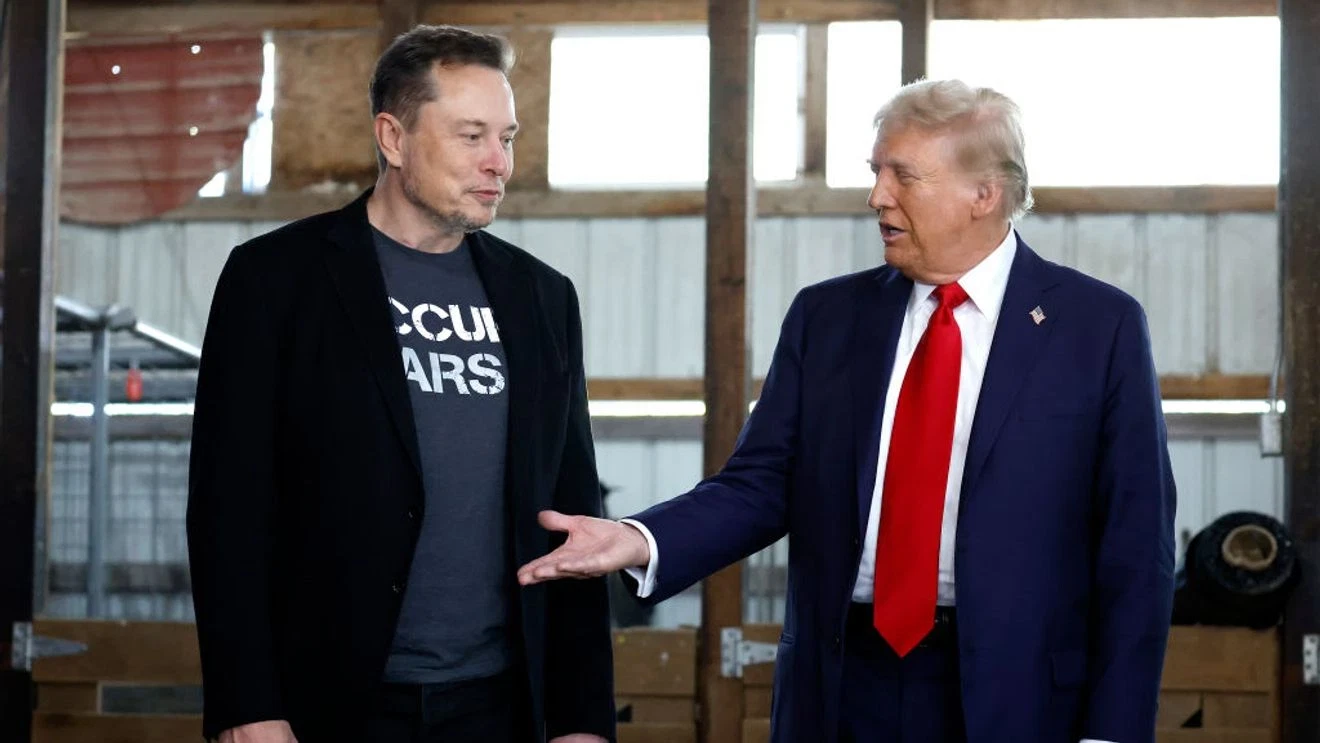US President-elect Donald Trump watched as Elon Musk’s SpaceX launched its sixth Starship test flight on Tuesday from Boca Chica, Texas, with the company continuing to work on key enhancements to the rocket system designed to take astronauts to the moon and Mars.
The 400-foot (122-meter) Starship rocket system lifted off at 4 p.m. CT (2200 GMT) from SpaceX’s extensive development site in Texas. However, the first stage, Super Heavy, made an unexpected splashdown in the Gulf of Mexico instead of returning to its launchpad, indicating that something went wrong during the flight.
Meanwhile, Starship continued its mission in space, orbiting Earth before a planned daytime splashdown in the Indian Ocean about 90 minutes later. Last month, Starship made a major breakthrough by successfully demonstrating a catch-landing method, which is integral to its reusable design. Musk had predicted that Tuesday’s catch-landing would be “faster/harder” than previous attempts.
Trump’s attendance at the launch signals an even deeper alliance with Musk, who has been a prominent supporter of the president. With Trump’s victory, Musk is expected to wield significant influence, potentially securing favorable government policies for his companies.
Musk, who is the world’s wealthiest person, has supported Trump’s presidential campaigns in the past, even appearing with him at rallies and donating over $119 million to political causes backing the former president.
On social media, Trump wrote, “I’m heading to the Great State of Texas to watch the launch of the largest object ever to be elevated, not only to space, but simply by lifting off the ground,” sending his best wishes to Musk ahead of the flight.
In addition to his involvement with SpaceX, Trump appointed Musk on November 13 as co-leader of a new government efficiency project, aimed at eliminating wasteful spending and outdated regulations in federal agencies. Musk has long been vocal about his frustrations with the Federal Aviation Administration (FAA) and its perceived hindrances to commercial rocket launches, although the agency approved this launch in just over a month after the previous flight—a quicker turnaround than ever before for SpaceX.
Musk outlined several goals for Tuesday’s test flight, including restarting the Starship engine in flight to improve in-space maneuverability, making the landing more visible during the daytime, and testing numerous small design changes to refine the rocket.
SpaceX is aiming for rapid advancements in Starship development under a second Trump administration, with a focus on NASA’s Artemis program to return astronauts to the lunar surface. However, Musk’s ultimate ambition is to land humans on Mars, and the new administration’s space agenda could further support these lofty goals.
At a recent investment conference, SpaceX President Gwynne Shotwell stated that the company could see up to 400 Starship launches within the next four years, noting the success of SpaceX’s Falcon rockets and the rapid pace of innovation at the company.




